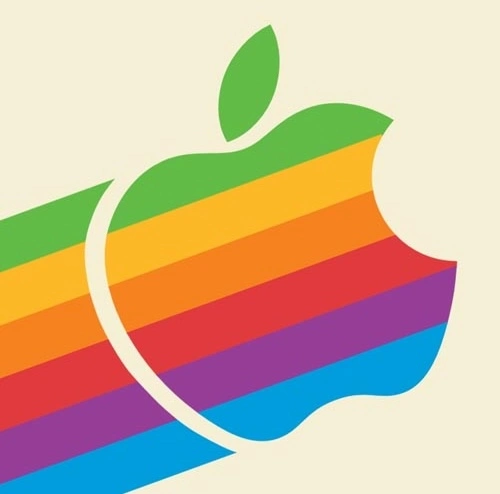

DoD work (both civilian and active duty) tends to bind people together a lot more than other industries, in no small part due to the factors you mentioned, but also because a) the additional barriers of national security/clearance work make it only really possible to vent about work to coworkers/friends from work, b) the work can often be unique enough that only coworkers have shared experiences to bond over and empathize with, and c) the civilian side of the DoD tends to attract career folks a lot more than it does transitory people. I think a disproportionate amount (when compared to private industry) of civilians who hire into the DoD stay in federal service for their whole careers. And people sticking around their whole careers tend to invest more in personal and professional relationships in the workplace, because networking is how you get opportunities, and you never know who you might owe a favor some day (or who might owe you one).







If there was a valid reason for why they couldn’t put the port on the side, maybe I’d agree. But literally the only reason the port is on the bottom is some designer at Apple decided they did not want to see pictures of people’s desks with cords on them, so the port got put on the bottom so no one can use the mouse while it charges, and there can never be a pic of their desk with a cord on it. Stupidest reason in the fucking world.